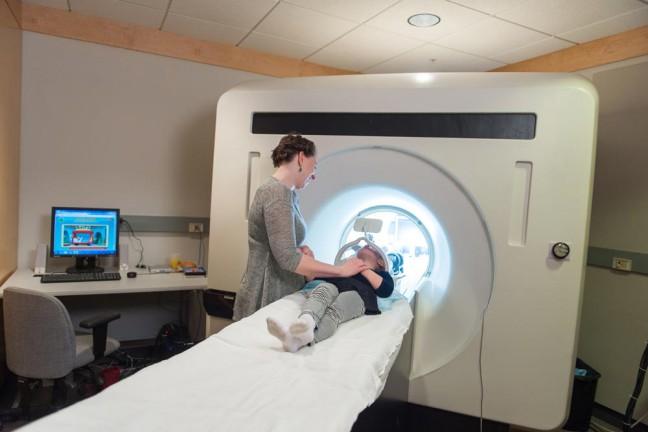Wisconsin would save $42.1 million if it transitioned to the self-insurance model for state workers’ health care, according to a report released Tuesday.
Segal Consulting, a health care benefits consultant, presented its second and final report to the Department of Employee Trust Funds with recommendations for the Group Insurance Board, according to department spokesperson Mark Lamkins.
The report said the state’s savings, if it switched to a self-insurance model, would come from eliminating Affordable Care Act market share fees, administration costs and spending on insurance carriers, among others.
Segal Consulting has been working with the state’s Group Insurance Board for more than a year, recommending different health insurance program changes for 2017 and beyond, Lamkins said. But the board will not act on Segal’s recommendations yet.
“At this point, the board is considering all the options presented, and additional research is required before the board will take any action at its February meeting,” Lamkins said.
Segal Consulting’s recommendation for implementing a self-insured program, Lamkins said, would not begin until 2018. But he said the board will consider all of the recommendations —as there were many — using data collection as soon as 2016.
The state Assembly approved a bill Monday allowing the Joint Finance Committee to oversee any changes the board makes before they are implemented.
State finance committee wants a say in Wisconsin health insurance program
But Phil Dougherty, senior executive officer of Wisconsin Association of Health Plans, said the committee was worried about a self-insurance model because costs that would normally be handled through a third-party health insurance company would come down on the state.
The state would have to triple their reserves to pay for a self-insurance model, according to the report.
Donna Friedsam, a distinguished researcher at University of Wisconsin’s Public Health Institute, said many states operate under a self-insurance model. But she said Wisconsin’s insurance environment is unique compared to other states.
Friedsam said it would not be constructive to compare Wisconsin to other states’ use of the self-insurance model. Wisconsin, she said, is the most pluralistic insurance market in the country in terms of the number of carriers it has.
“We have more insurance carriers participating in the market and offering coverage than any other state in the country,” Friedsam said.
She said having more carriers creates a different kind of insurance market and competitive environment than what other states experience.
Wisconsin also has large integrated provider networks, second only to Texas in number of provider-owned health plans, Friedsam said.
“It’s just a very different market in terms of the kinds of insurance products that are offered in our state,” Friedsam said.















